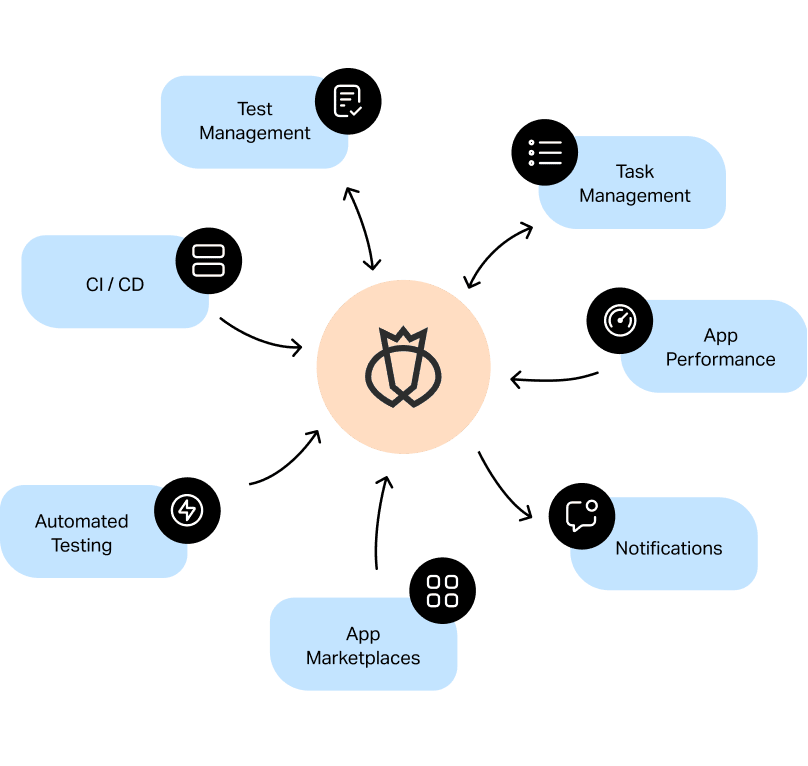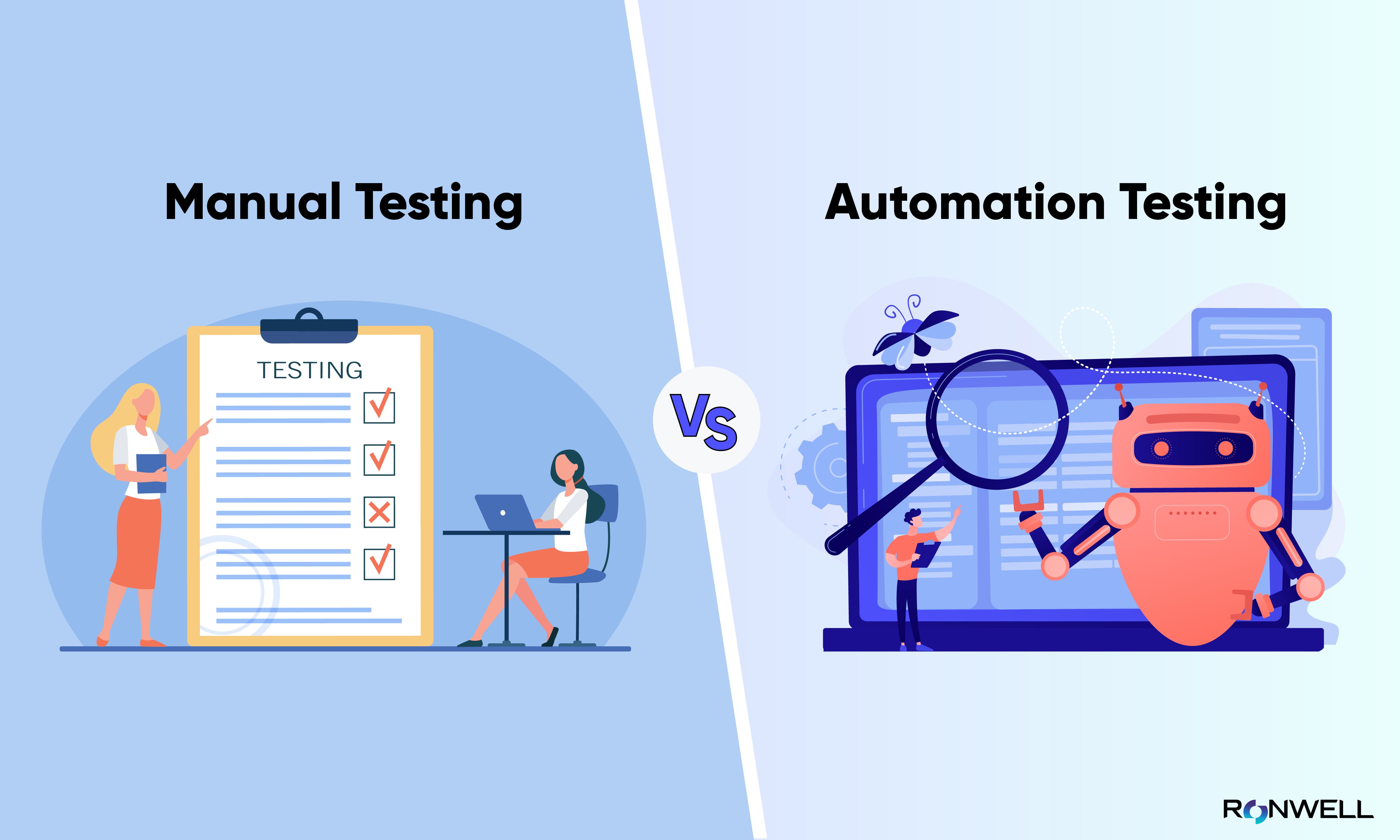Discovering the Future of Automation Testing in Software Program Development
Discovering the Future of Automation Testing in Software Program Development
Blog Article
From Handbook to Automated Screening: A Comprehensive Guide to Transitioning Efficiently and Effectively
In the world of software application testing, the shift from manual to automated processes has actually ended up being a significantly crucial change for companies looking for to boost effectiveness and precision in their screening techniques. The journey from handbook to automated testing is not without its challenges, however when approached strategically and with a clear plan in mind, the advantages can be substantial.
Advantages of Automated Checking
Automated screening provides many advantages, improving effectiveness and accuracy in software application advancement processes. One primary benefit is the considerable decrease in testing time. Automated tests can be run at the same time on multiple tools and operating systems, considerably speeding up the screening phase contrasted to hand-operated testing. This boosted effectiveness permits faster comments on the quality of the software, enabling designers to recognize and deal with issues without delay.
Additionally, automated testing makes certain a greater level of precision in identifying defects. Because automated examinations follow predefined manuscripts, human error is minimized, causing more reputable test results. Uniformity in screening is also boosted, as automated examinations execute the exact same steps precisely each time they are run. This uniformity is critical in making certain that all functionalities of the software application are extensively checked, reducing the likelihood of undetected pests slipping through to production.
Selecting the Right Devices

Firstly, analyze your objectives and requirements. Recognize the range of your job, the modern technologies included, and the ability of your team. This evaluation will assist you determine the attributes and capacities you require in your screening devices.
Secondly, think about the compatibility of the devices with your existing systems and procedures. Smooth assimilation with your existing software application development lifecycle is necessary to make sure a smooth shift to automation.
Furthermore, review the scalability and adaptability of the tools. As your screening requires progress, the tools ought to have the ability to adjust and fit modifications effectively.
Lastly, consider the support and community around the tools. Durable assistance and an active individual community can provide beneficial sources and support when applying automated screening. By thoroughly taking into consideration these facets, you can select the right tools that line up with your demands and established the phase for an effective transition to automated screening.
Writing Efficient Examination Scripts

When crafting examination scripts, it is vital to take into consideration the certain demands of the software program being checked and ensure that the manuscripts address all critical performances. Clear and descriptive calling conventions for examination manuscripts and test cases can improve readability and maintainability. Additionally, incorporating error handling systems within the test scripts can aid in determining and attending to problems without delay.
Moreover, organizing examination scripts into modular parts can enhance reusability and scalability, reducing redundancy and boosting efficiency in examination manuscript upkeep. Regular testimonials and updates to evaluate manuscripts are essential to maintain pace with advancing software application needs and capabilities. By adhering to these concepts, testers can create durable and efficient test manuscripts that add considerably to the success of automated testing processes.
Integrating Automation Into Workflows
By flawlessly integrating automated testing tools like Selenium or Appium into the software program growth lifecycle, groups can attain faster feedback on code changes, leading to quicker insect discovery and resolution. This integration allows for Source continual testing throughout the growth process, guaranteeing that any concerns are determined early on, resulting in higher software quality. Proper combination of automation devices requires collaboration in between development, testing, and operations groups to develop a unified operations that maximizes performance and efficiency in delivering high-grade software program items.
Ensuring a Smooth Shift
Successfully transitioning to automated testing includes meticulous planning and mindful implementation to take full advantage of and decrease interruptions performance in the software growth procedure - automation testing. To make certain a smooth transition, it is necessary to begin by performing a comprehensive evaluation of the existing testing procedures and identifying locations where automation can bring one of the most substantial advantages. Involving with all stakeholders early at the same time, consisting of programmers, testers, and task supervisors, is crucial for gathering assistance and buy-in Continue for the automation campaign
Communication is essential during this change phase. Clear interaction of the goals, benefits, and assumptions of automated testing aids to handle any type of resistance or issues that may develop. Additionally, offering ample training and resources for group participants to upskill in automation tools and strategies is important for making sure an effective transition.
Verdict
To conclude, transitioning from manual to automated testing offers many advantages, including increased performance and integrity. By selecting the appropriate tools, composing reliable test scripts, and incorporating automation perfectly into workflows, organizations can ensure a successful and smooth change. It is important to accept automation as an important property in software program testing processes to improve total quality and productivity.
In the realm of software program screening, the shift from handbook to automated processes has actually become a significantly crucial shift for companies looking for to improve effectiveness and accuracy in their testing practices. Automated tests can be run at the same time on several tools and running systems, substantially speeding up the testing phase compared to hands-on testing. Uniformity in screening is also improved, read the article as automated tests perform the very same steps precisely each time they are run.To ensure the successful implementation of selected screening tools, the creation of efficient test manuscripts plays an important function in confirming the performance and efficiency of automated procedures - automation testing. By adhering to these principles, testers can create robust and effective examination manuscripts that contribute significantly to the success of automated screening processes
Report this page